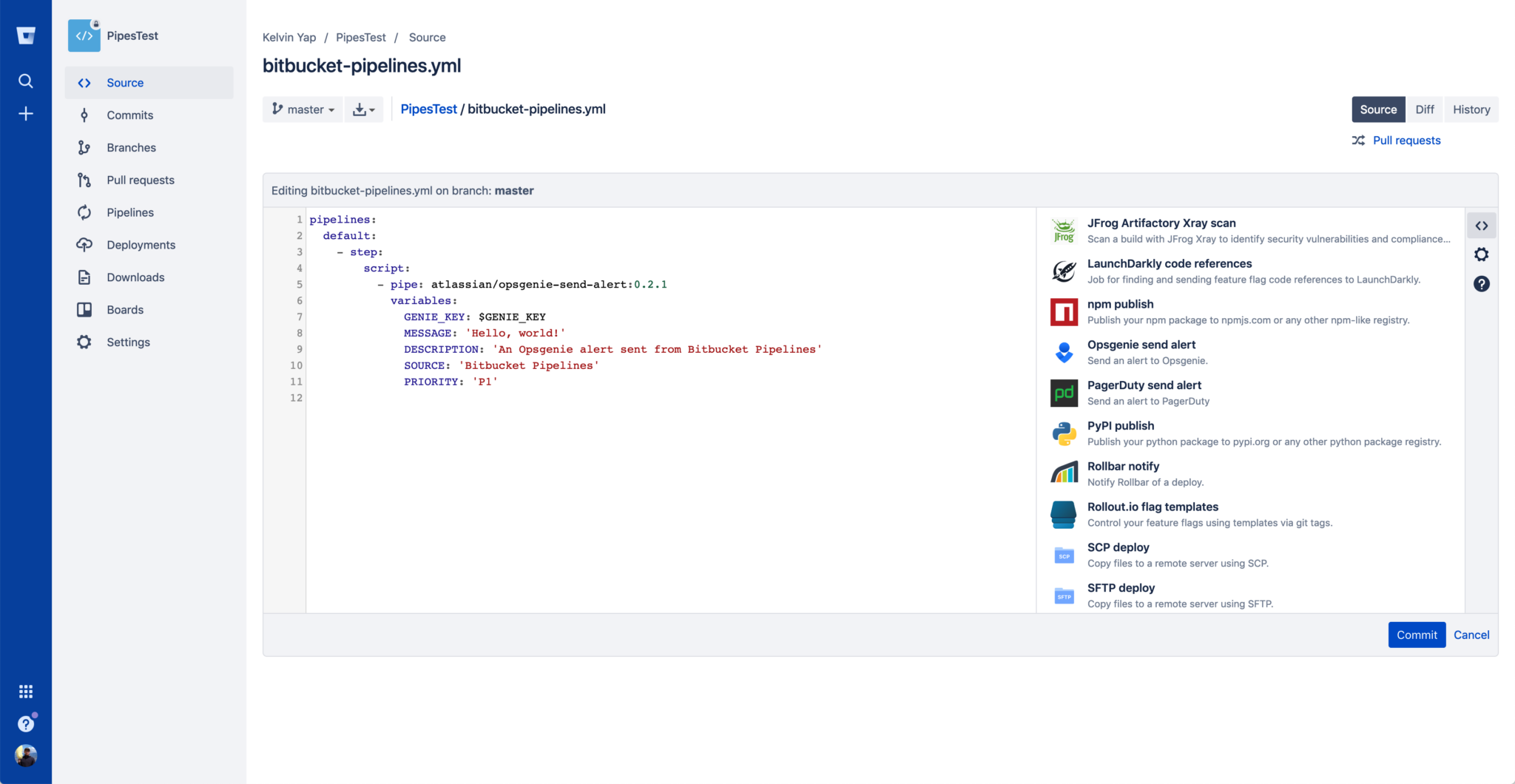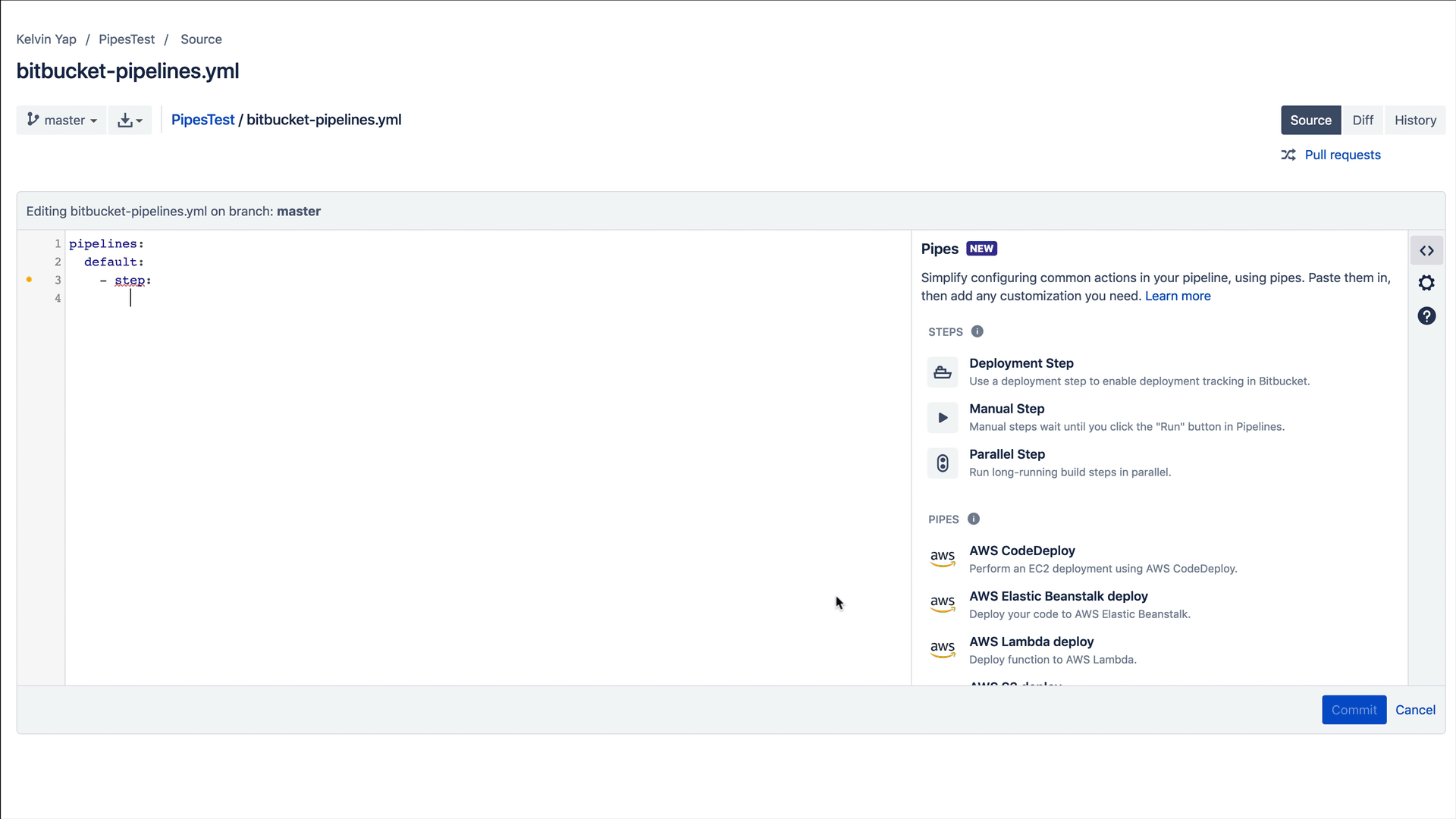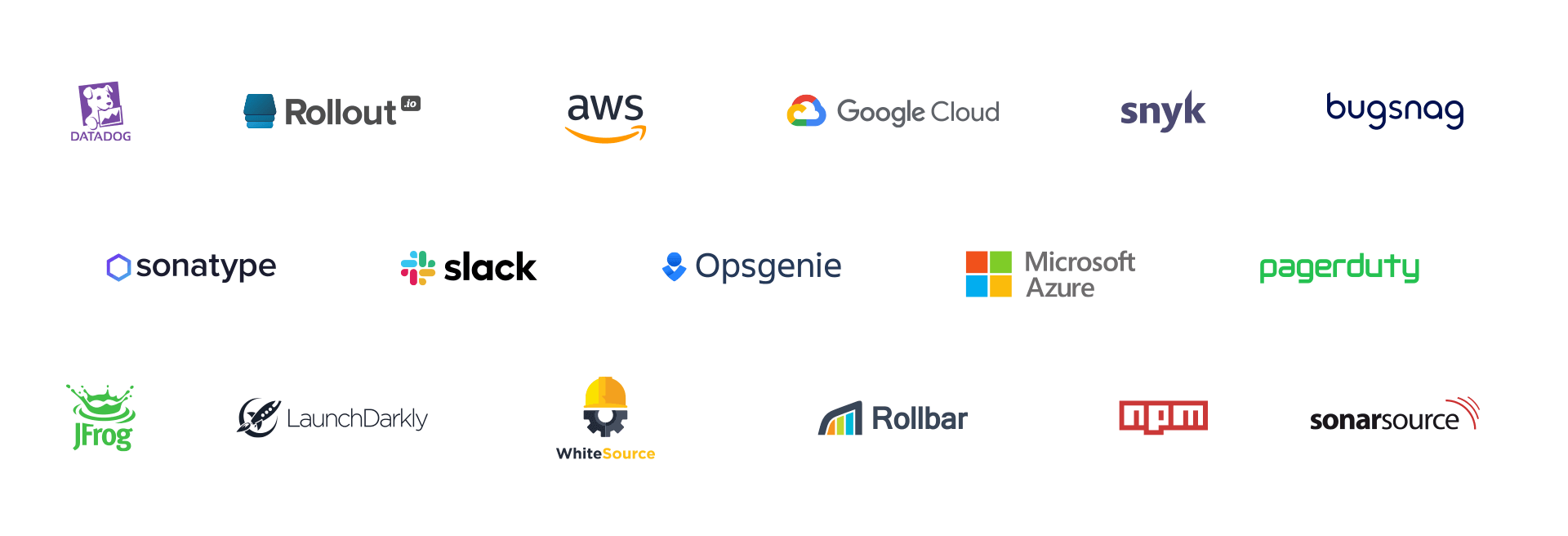The democratizing nature of DevOps has seen the responsibility of building and managing CI/CD pipelines transition from specialized release engineers to developers. But automating a robust, dependable CI/CD pipeline is tedious work. Developers need to connect to multiple tools to deliver software, and writing pipeline integrations for these services is a manual, error-prone process. There’s research involved to ensure dependencies are accounted for, as well as debugging and maintaining integrations when updates are made. It’s no wonder many teams put automating CI/CD firmly in the “too hard” basket.

But those days are over. In 2016 we launched Bitbucket Pipelines: a CI/CD tool in the cloud that’s part of your repository and makes it easy for developers to configure pipelines with code. And today we are launching Bitbucket Pipes to make it easier to build powerful, automated CI/CD workflows in a plug and play fashion without the hassle of managing integrations. We’ve worked with industry leaders including Microsoft, AWS, Slack, Google Cloud and more to build supported pipes that help automate your CI/CD pipeline, and made it simple to create your own to help abstract any duplicated configuration across your repositories.
Announcing Bitbucket Pipes
Whether you’re creating a simple deploy pipeline to a hosting service like AWS, utilizing a multi-cloud deployment strategy, or automating a sophisticated pipeline that involves security scanning, monitoring, and artifact management, Bitbucket Pipes makes it easy to build and automate a CI/CD pipeline that meets your exact needs. Simply select the appropriate pipes you need and enter in the variables required by the pipe to run.

Not only do supported pipes make it trivial to set up your external services across pipelines and repositories, they’re also updated and maintained by the author meaning you never have to worry about updating or re-configuring them yourself. The end result is an easy way to build, update, modify, and maintain CI/CD pipelines no matter how sophisticated they are.
In the example below you can see how easy configuring your pipeline becomes by simply copying and pasting pipes on the right, versus manually typing and configuring the same pipeline on the left.

New users can easily browse and select pipes to get started, while more experienced users can not only reuse pipes across their repositories, but discover new and interesting ways to automate their pipelines.
An open approach to automation
There’s no one-size-fits-all approach to software development – developers should work with whatever tools best suit their needs. Whether it’s hosting, monitoring, incident management and everything in-between, we’ve partnered with some of the best in the industry to bring the tools you already use right into your CI/CD pipeline.

These partners are just scratching the surface for Bitbucket Pipes and we have more supported pipes to come. And we want the community involved too – tell us which services you’d like to see or even build your own. It’s easy to build pipes that meet your exact needs and we can’t wait to see how your team automates your CI/CD workflow.
Get started with Bitbucket Pipes
Get started with our pre-configured pipes or create your own today. For those new to Bitbucket, sign up, create your first repository and enable Bitbucket Pipelines.
For existing Bitbucket Pipelines users, you can find the new Pipes view in the online .yml editor. Read our docs to find out more.